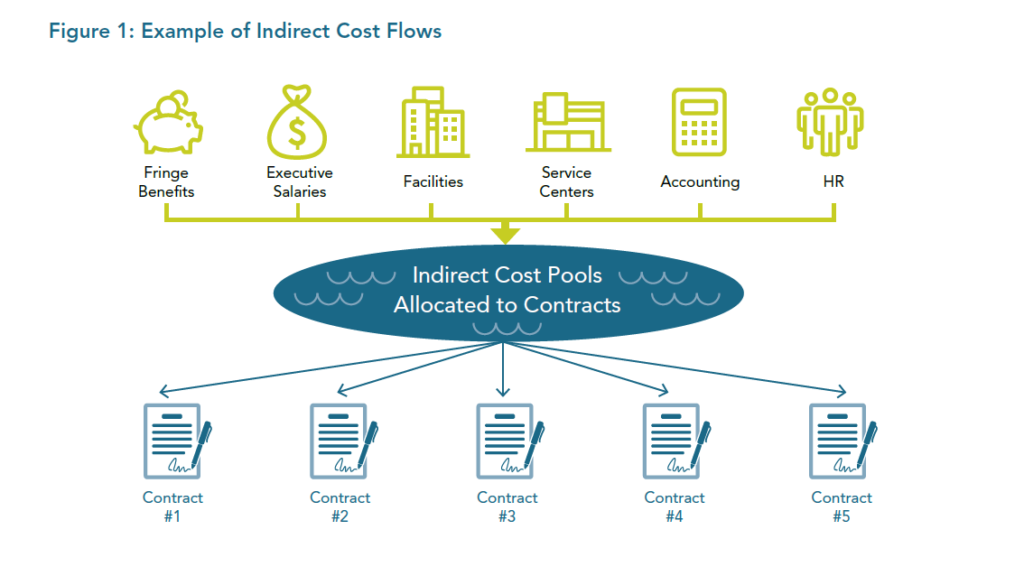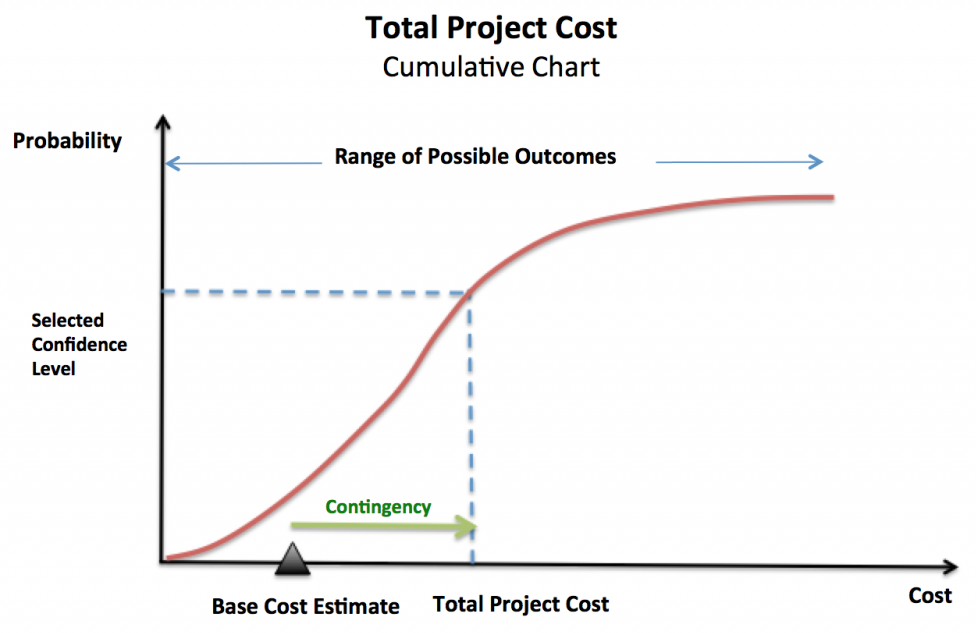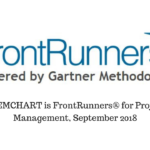If you are working as a project manager you will likely to get involved in the annual budget data gathering. This means that you will need to pull together, the cost of planned and ongoing projects. Therefore, fundamental knowledge of cost estimation is important for every project managers.
In this article, I would like to discuss the basics of cost planning and cost estimation in project management. You will learn about the types of cost which you need to for cost estimating, budgeting or proposal bidding, how to use an iterative approach for more accurate cost estimation and how learning curves impacts cost estimating.
Why is cost planning knowledge important?
Cost planning is important because you will not get a project kicked-off or approved without looking at the costs. Most organizations require project managers to develop a business case. The business case includes the costs and benefits of the project and helps decision makers to compare and prioritize it with other projects.
If you do not determine project costs as part of the project charter, chances are there that your project will not get approved. Also, you cannot manage project costs if you are unable to compare incurring costs against a project budget. Therefore, cost planning is critical and hence important.
Types of cost
Cost planning includes cost estimates, bids, or budgets. Cost planning starts with itemizing cost types can be broken down into the following categories: Direct, Indirect and Contingency costs.
Direct costs
Direct costs are directly attributable to the cost object. A cost object can be a project or product. For example, a cost object could be a customer relationship management implementation project or a cost object may be a website or a car. In manufacturing or other non-construction industries, the portion of operating costs that are directly assignable to a specific product or process is a direct cost. Because these activities are easily traced to project their costs are usually charged to project on an item-by-item basis.
Indirect costs
Indirect costs are not directly attributable to a cost object, but it has to be allocated to a cost object on some or the other basis. For example, indirect costs include supervisor salaries, insurance, training, taxes, or maintenance. Indirect costs are those for activities or services that benefit more than one project. Their precise benefits to a specific project are often difficult to trace.

Contingency costs
Contingency costs refer to costs that will probably occur based on past experience, but with some uncertainty regarding the amount. These uncertainties are risks of the project. Some refer to these risks as known or unknown, because the estimator is aware of them, and based on past experience, one can even estimate their probable costs. The estimated costs of the known-unknowns are referred to by cost estimators as cost contingency.
To learn more how contingency cost is calculated, there is a very good article from https://www.projectcontrolacademy.com/cost-contingency-calculation/

Techniques to make cost estimating easier
Most of the project managers use an interactive approach to estimate costs. Due to the iterative nature of projects, the more we discover about the project, the more accurate our estimate will be. Spend only as much time estimating as needed to make the business decision at hand. Remember, estimating takes time and time is money. Refining our data as we progressively elaborate our project plan produces a more definitive estimate.
Cost estimating
There are many types of cost estimating that are required for a program, project, strategy, plan or activity but the following are the most common types that are being used by project managers.
Bottom-up costing estimating
Bottom-up cost estimating break down the project into activities, estimate the cost of each and roll up the individual activities to get the project’s total. Suppose if an engineer is required to estimate a project than you would have an engineer to estimate that task. It may include price quotation from suppliers or vendors.
Analogous cost estimating
Analogous cost estimating uses similar past projects to estimate the duration or cost of your current project. If a project is similar to other efforts previously accomplished, analogous estimating may assist in sizing the project into a small, medium, or large category.
Parametric cost estimating
Parametric cost estimating uses the mathematical model to determine cost estimates. It is the more accurate technique for estimating cost and duration. Its measurement must be scalable in order to be accurate.
For example, if you develop a software than it is estimated based on the complexity of requirements using metrics such as story points.
Importance of learning curve
Another important consideration in cost planning is learning curve. The concept of learning curves that cost per unit decreases with experience as skills and processes improve over time. While an experienced programmer will require a higher per hour rate than a programmer without much experience.
Total costs may be cheaper as the higher per hour rate is offset by more or better output, thus decreasing the cost per unit. It may be possible to improve the duration slightly through additional repetition, but eventually, the rate of improvement will no longer be significant.
Managing cost data
It is the part of your processes if you have finished completing the project, it becomes important to place the project and to store the cost data. So that, it can be used in future while planning and estimate new projects. If you manage your projects in this way your organization will have controlled over cost planning.
There are several accounting tools available to do cost estimation. Take a look at our accounting solution in our project management software to learn more about Project Accounting.
Also, you may like to read Tiemchart is changing the way project has traditionally been monitored
Tiemchart is powered by Insiet BI Analytics. They are growing popularity around M&A and Intercompany:
Merger and Acquisition solution from Insiet © https://insiet.com/merger-acquisition-ma-system-integration/
Intercompany Reconciliation Solution from Insiet © https://insiet.com/solution/intercompany-reconciliation/






